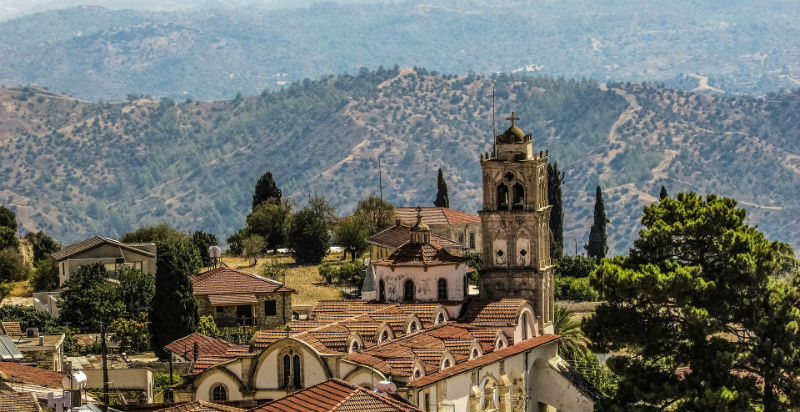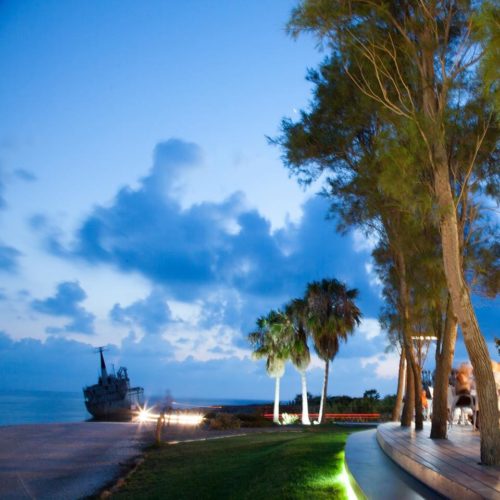Three Abandoned Villages to Explore
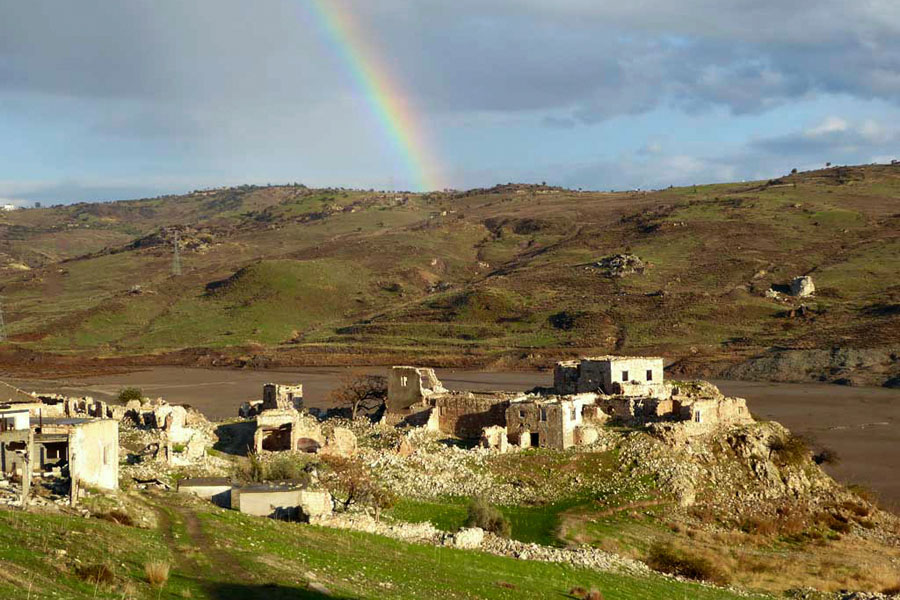
They stick out of the landscape like rotten teeth and, though abandoned, their past – some of which was violent – screams at you in a deafening silence. Places that were once bustling with life, where children played in the streets and men and women chewed the fat in the local coffee shop or at the well while collecting water, now lie deserted, deteriorating and forgotten.
Yet, there’s a kind of raw beauty in all the decay, and as one walks along the winding cobbled streets, the feeling of absolute peace is cathartic. No cars, no city noise, nothing but you and the village.
It gives you the chance to admire the durability of houses built as far back as the 1800s as they fight their inevitable return to dust and leaves you in awe of the engineering that went into their construction – considering they were built with knowledge that was passed on from generation to generation.
Life back then was good, and people, Greek and Turk, helped each other to harvest their crops and build their houses. They were thriving communities, each with their own customs and unique character that left a slight but powerful mark on Cypriot life and culture.
The events that led to the abandonment of villages in Cyprus range from intercommunal violence to the depletion of local mines around which these villages were built. In some instances, farmers gave up agriculture to assume more profitable jobs in large cities, while in others, abandonment was the result of a natural disaster, like an earthquake or landslide. Below are three abandoned villages that are well worth a visit.
1. Foinikas
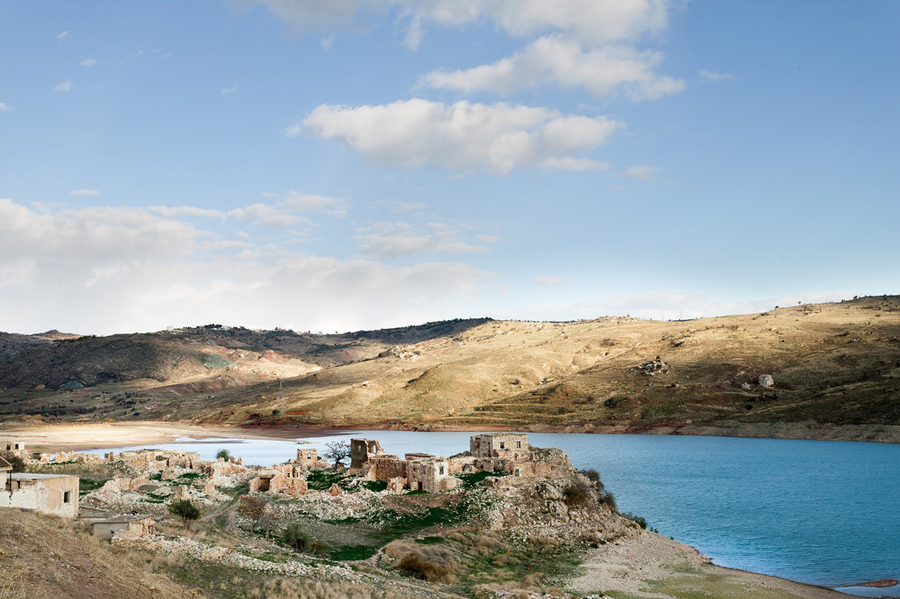
Foinikas lies around three kilometres northeast of the village of Anarita in Paphos. The village dates back to the twelfth century, when the Knights Templar are said to have set up a military command here in order to govern the provinces of Paphos and Limassol.
The village was built near the banks of the Xeropotamos River, next to the Asprokremmos dam about two miles northeast of the village of Anarita. According to Costas Emmanuel of Tales of Cyprus, the village was initially inhabited by both Christians and Muslims, who became wealthy by producing and selling silk.
Foinikas was renowned for its unique architecture and stone buildings, remnants of which can still be seen today. By the 1950s, the village population had grown to around 200, mostly Turkish Cypriot inhabitants. Following the Turkish invasion of Cyprus in 1974, the inhabitants fled to the north of the island and the village lay abandoned.
After an exceptional amount of rainfall some years ago, the Xeropotamos River broke its banks and submerged some of the old buildings in water, earning Foinikas the title of Sunken Village.
2. Skouriotissa
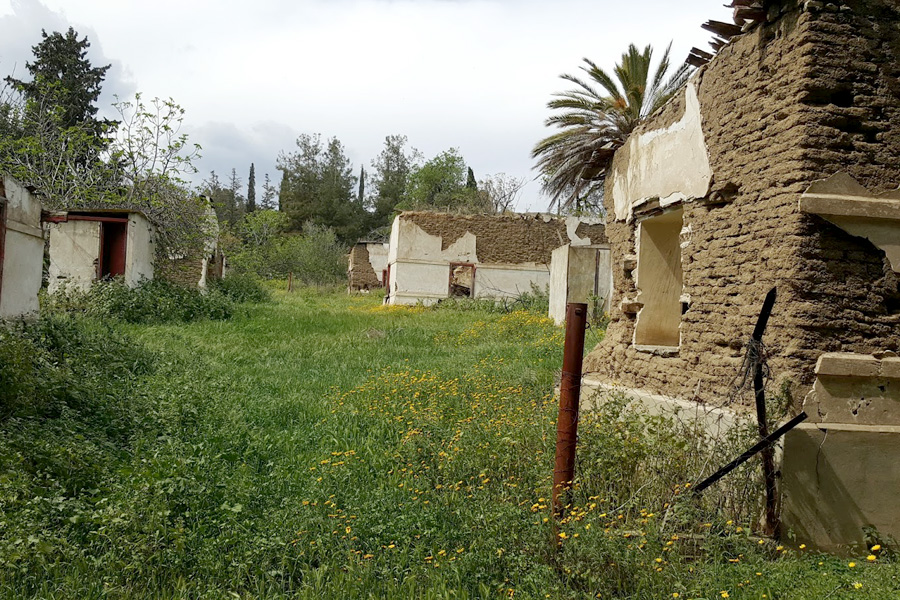
This once thriving copper-mining town has been dying a slow death since the late 1930s. From around 1000 residents in 1939, the population has fizzled down to just eight, as copper mining has slowed.
Throughout the centuries, Cypriots had become so good at extracting and exporting high-grade copper that the island’s name derived from the Latin word for copper. In modern times, industrial copper mining began around 1921 in the Skouriotissa area; these mines provided the island’s copper until the Turkish invasion in 1974 lead to their gradual closure.
This closure inevitably led to the gradual abandonment of Skouriotissa, leaving behind crumbling stone buildings slowly being reclaimed by nature, and although mining resumed in 1996, it was already too late for the village. Located in the Nicosia district, the village is a five-minute drive from Katydata.
Today, Argentine United Nations Peacekeeping soldiers are based to the southwest of the copper mine, where you can visit the sixteenth-century chapel of Panayia Skouriotissa.
3. Ayios Sozomenos
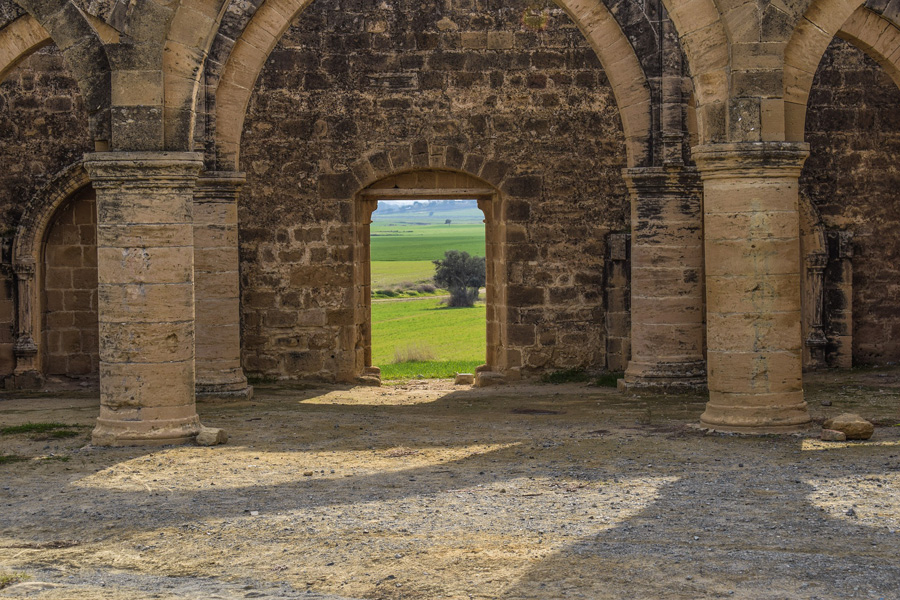
“When the darkness falls and everywhere there is silence, you can still hear the cries of the victims.” – Local legend.
On the top of a hill, there is a cave church dedicated to Ayios Sozomenos, and someone always makes sure that a candle keeps burning in a hole on the side of the brown wooden doors. Next to the door is a bench overlooking a ghost town that could be the setting for a spaghetti western.
That town is Ayios Sozomenos, and its end was tragic. A predominantly Turkish Cypriot village, Ayios Sozomenos was abandoned after intercommunal violence led to a shootout between Greek Cypriots and Turkish Cypriots.The Turkish Cypriots were relocated to nearby Louroutzina with the help of UN peacekeepers, and the village was abandoned.
The village is situated just outside Nicosia in Dali, close to the village of Potamia and near the demarcation line. Once there, you can visit the unfinished gothic temple dedicated to Ayios Mamas and walk among the crumbling mud-brick houses up to the top of the hill and the cave church.

